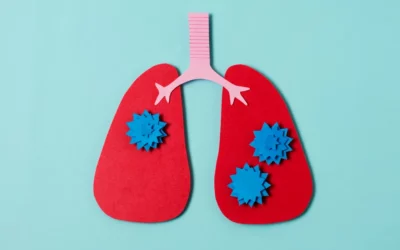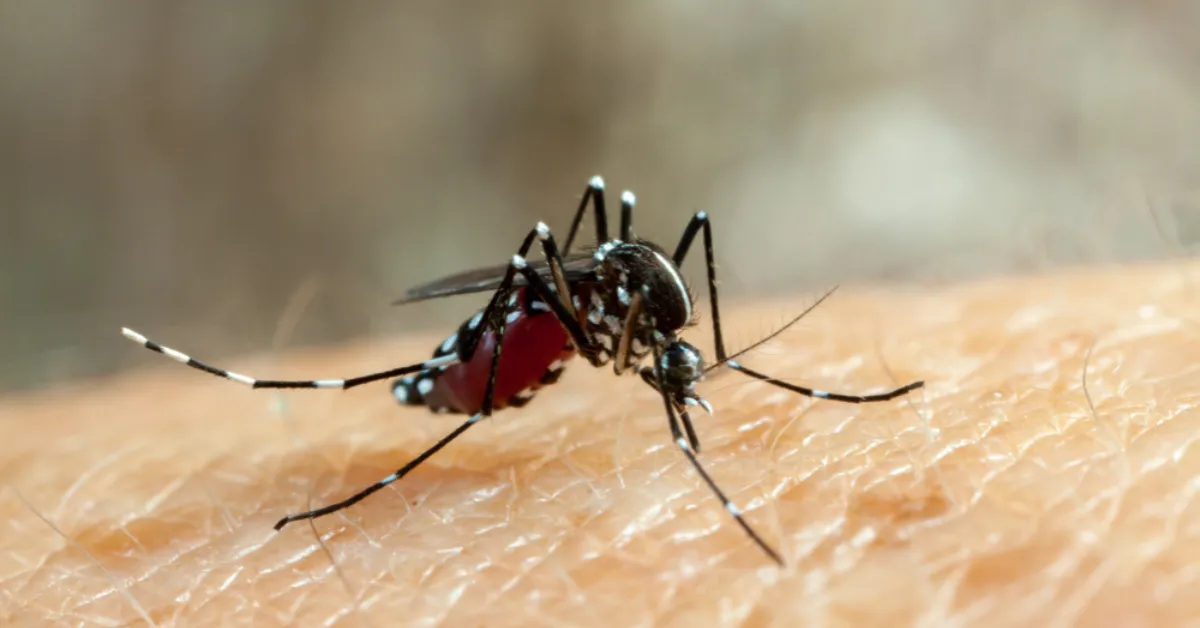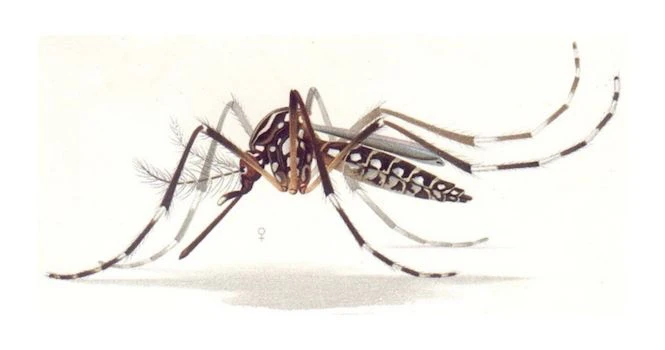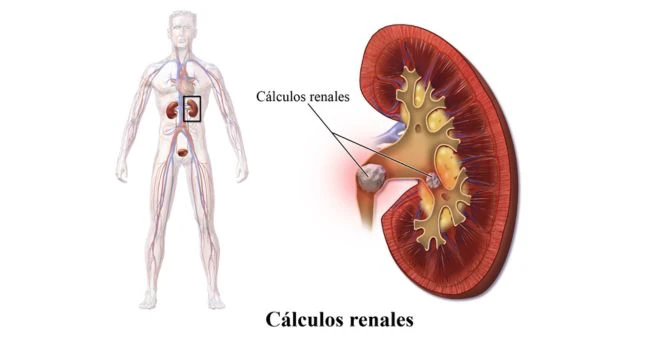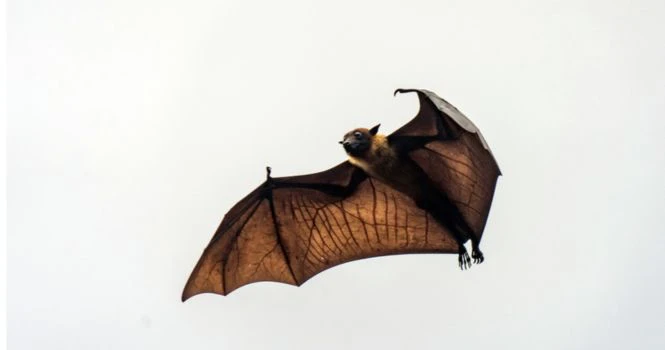Swine Flu or H1N1

Synonyms: Pig Influenza, Swine Flu, Pandemic Influenza A 2009.
Shortened form of Influenza is Flu ( Also called Common Cold)
Definition of Flu :
Acute respiratory tract infection caused by either Influenza A or Influenza B or Influenza C Virus.
Symptoms of Flu are
1. Sudden onset of chills
2. Runny nose
2. Body ache
3. Muscular pain
4. Cough
We all have at some point in time in our lives have been affected by common cold, with different severity. But, we get reinfected with common cold again after couple of months. This capacity of the parasite to infect and reinfect is called successful parasitism.
How is Flu different from Swine Flu (H1N1)?
Swine flu (Pandemic Influenza A) differs from seasonal flu in 2 ways,
1. Majority of the human population has no immunity against Swine Flu
2. Virus can cause rapidly progressive pneumonia by infecting lower respiratory tract, which can be fatal.

Signs and Symptoms of Swine Flu,
1. Fever
2. Cough
3. Sore throat
4. Runny nose
5. Headache
6. Muscle pain
7. Diarrhoea
8. Vomiting
Signs and Symptoms of Progressive Swine Flu,
1. Shortness of breath at rest or with activity
2. Bloody sputum
3. Low blood pressure
4. Chest Pain
5. Drowsiness
6. Unconsciousness
7. Seizures
8. Severe weakness
9. Paralysis
10. Decreased urinary output
Risk factors for the Swine flu to turn deadly are the following,
1. Children below 2 years
2. Adults aged 65 and above
2. Persons with Asthma and Chronic Obstructive Pulmonary Disease
3. Pregnant Women
4. Patients with Diabetes
5. Patients with Chronic Kidney Disease
6. Patients with Chronic Liver Disease
7. Children receiving Aspirin therapy
How does Swine Flu spread from person to person?
Just the same way, the common cold spreads. Its by droplet released in air, when the infected person sneezes, talks and coughs. Its enters through the respiratory tract.
“Incubation period” which is the time duration between the invasion by the infectious agent and the appearance of the first sign and symptom of the disease in question.
Incubation period in Swine Flu appears to be 2-3 days but could range upto 7 days.
Prevention of H1N1
1. Washing hands frequently with soap and water
2. Washing hands with alcohol based hand sanitiser
3. Covering your mouth and nose with handkerchief while sneezing or coughing and asking others to do so, to control infection
4. Wear face masks while going to the clinic or hospital for seeking medical care or in any crowded places.
Will Vaccination protect me from Swine Flu ?
Practically, as everyone cannot be vaccinated due to the limitation of vaccine production and availability, World Health Organisation or WHO suggested to give the vaccine in the order of priority, keeping in mind the persons who are most vulnerable.
1. Healthcare workers
2. Pregnant Women
3. Individuals aged more than 6 months with any chronic medical condition.
4. Health young adults aged between 15-49 years
5. Healthy Children
6. Healthy adults aged 49-65 years
7. Healthy adults aged more than 65 years
Side effects of vaccination of Swine flu
Consult your Doctor before taking any vaccination.
As a General Rule , Vaccinations SHOULD NOT be given to the following individuals who,
1. Have severe allergy to chicken eggs.
2. Have a history of anaphylactic reaction or severe allergy to any component of vaccine.
3. Have history of severe reaction to influenza vaccination.
3. Develop Guillain-Barre Syndrome within 6 weeks of getting an influenza vaccine.
4. Children less then 6 months of age
5. Are ill with fever (They should recover completely before being vaccinated)
Two types of Vaccines are available for Swine Flu
1. Inactivated Vaccine
Given as single dose Intra Muscular Injection in the upper arms in adults and in infants aged more than 6 months and in children, thigh is the preferred site.
Side Effects:
- Local reactions at the site of injection like Soreness , swelling and redness.
- Fever
- Muscle and joint ache
- Headache
- Severe multi system allergic reaction to some components of the vaccine.
2. Live Attenuated Vaccine
Given as a Nasal Spray
Side Effects:
- Runny nose
- sore throat
- Low grade fever
- Muscle-aches
- Headache
- Wheezing and vomiting episode in children
Treatment of H1N1
1. Early use of anti-Viral drugs along with symptomatic care
2. Appropriate antimicrobials for co-infecting the respiratory tract
3. Oxygen supplementation in hospitals
4. Many severely ill require mechanical ventilation and intensive care support.
Sources
Images :
1. Signs and symptoms of swine flu image: By Mikael Häggström (All used images are in public domain.) [Public domain], via Wikimedia Commons
2. Swine Flu Masks image: By Eneas De Troya from Mexico City, México (Epidemia de Pánico Uploaded by Hello32020) [CC BY 2.0 (http://creativecommons.org/licenses/by/2.0)], via Wikimedia Commons
References:
1. https://www.cdc.gov/flu/swineflu/
2. http://www.who.int/csr/disease/swineflu/en/
![]()



